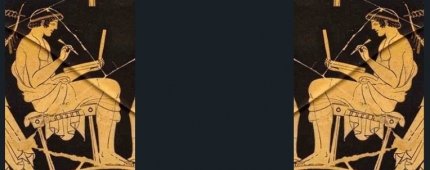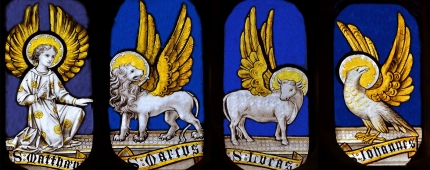2 John 1—Who was the “elect lady”?
Problem: John addresses his second letter to “the elect lady.” Some have argued that because this was strictly a personal letter addressed to a particular lady, that it does not belong in the canon of Scripture. Was the “elect lady” a person or not?
Solution: First of all, if the “elect lady” were a particular person, this would not exclude it from the canon of Scripture. Several of the epistles of Paul were personal letters to particular individuals (e.g., Timothy, Titus, Philemon).
Second, it is possible that the elect lady was not a particular person. The proposals of commentators basically fall into two categories, the literal and the figurative. Those who understand this address to be literal hold that this was indeed a certain individual whom John knew. The following points are offered in favor of this view. First, it seems to be more natural to take the words as an address to an actual lady and her children. Further, this view fits with the references to the children of the elect lady, her sister (v. 13), and her sister’s children (v. 13). Also, the basic structure of the greeting in verse 1 fits with the basic structure of the greeting of 3 John 1 (“To the ... whom I love in truth”) which itself was an address to a certain individual. Finally, if the term “lady” refers to the church, then to whom does the word “children” refer. Are the “children” not included in the church? Are they somehow different from the church?
Third, those who hold the view that this is a figure of speech maintain that this is a reference to the church as a whole, or to a particular local church. The following points are made in support of this view. First, John states that the lady is loved not only by him, but by “all those who have known the truth” (v. 1). This would mean that she was known by everyone. However, this kind of observation would fit better with reference to a local church than an individual. Second, although John uses the singular pronoun “you,” he does switch to the plural in verse 8 where he seems to be warning the lady “Look to yourselves.” But, if this was a literal woman, why would he use a plural at all? Third, the appeal to “love one another” (v. 5) makes more sense when directed to a community of believers than to a woman and her children. Fourth, the personification of the church in feminine terms is a common use in the Bible (e.g., Eph. 5:29ff where Paul develops the idea that the church is the bride of Christ; 1 Peter 5:13 where Peter uses the feminine expression of the church).
Although we may not be able to decide the issue definitively on the basis of our current information, it is clear that, if this was a personal letter to a literal woman, this fact would not exclude it from the canon of Scripture. And, it is not at all clear that it is a reference to an individual lady.
See All Problems
This excerpt is from When Critics Ask: A Popular Handbook on Bible Difficulties (Wheaton, Ill.: Victor Books, 1992). © 2014 Norman Geisler and Thomas Howe. All rights reserved. Used by permission. Click here to purchase this book.














